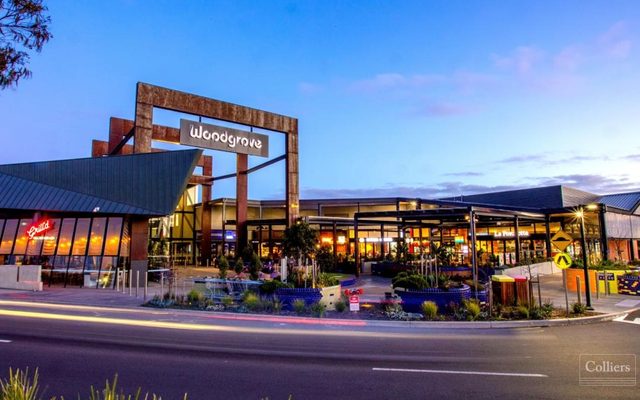This article is from the Australian Property Journal archive
COLES Group’s online business has become profitable for the first time in its 20-year history, and its supermarket division returned to earnings growth in the maiden annual report following the demerger from Wesfarmers.
Coles chief executive officer, Steven Cain said the group had “delivered a solid performance in the face of a rapidly changing retail landscape”.
“Consumer behaviours are changing faster than ever, we are heading into the most competitive period in Coles’ history, and there are significant industry wide cost headwinds.”
Group EBIT was down 8.1% due to lower Express fuel sales and corporate costs associated with being a standalone ASX company. The group has since renegotiated its fuel agreement with Viva Energy.
Supermarkets EBIT increased 2.2% and was the first growth in the division since FY16, and it also delivered its 47th consecutive quarter of comparable sales growth, of 2.7%. Sales revenue was $30.9 billion, an increase of 3.2%.
Sales revenue growth was underpinned by online, new stores and successful collectable campaigns including Little Shop in the first quarter and Fresh Stikeez in the third quarter. Comparable sales growth was largely driven by basket size although transaction growth also showed signs of improvement since the beginning of the second quarter.
Coles continued its roll-out of new formats and tailored store offerings. The new Format A stores, focused on convenience and a premium fresh food offer, have debuted in Eastgardens. The roll out of Format C stores, focused on driving operational efficiencies, has started with completions in Clayton and Ardeer.
Separately, Coles expects to introduce a front of store convenience space featuring an expanded food for now and food for later range to 100 stores by the end of the 2019 calendar year. There were 51 refurbishments, 22 openings and 10 closures across the division, ending the period with 821 supermarkets.
Express and c-store sales growth was 1.2% for the year and 0.1% on a comparable sales growth basis, largely a result of declining tobacco sales.
Coles Online achieved a 30% increase in sales revenue to $1.1 billion, and now contributes 3.6% of supermarket sales and importantly. Profitability was largely due to scale, growth in click and collect as well as technology investments in home delivery that have optimised van utilisation rates and reduced delivery times. Click and collect now represents more than 30% of online sales and is the fastest growing part of the Coles Online offering.
Liquor sales revenue was $3.1 billion for the year, up 1.9%, with comparable sales growth of 1.2%.
Coles has been a busy vendor of late. Last month, it sold off the brand new Coles Yarrabilba in Logan for $19 million, as well as Coles recently sold the weathered 9,250 sqm West Gosford Shopping Centre alongside ISPT to private investor Mintus for $23 million, as well as a freestanding supermarket of 4,092 sqm in the northern Brisbane suburb of Kedron for a state record price of $34.24 million.
It has also listed the Amaroo Village neighbourhood shopping centre in Canberra’s north with hopes of $30 million, and the Willowdale Shopping Centre in the Sydney’s south west, expecting around $35 million.




